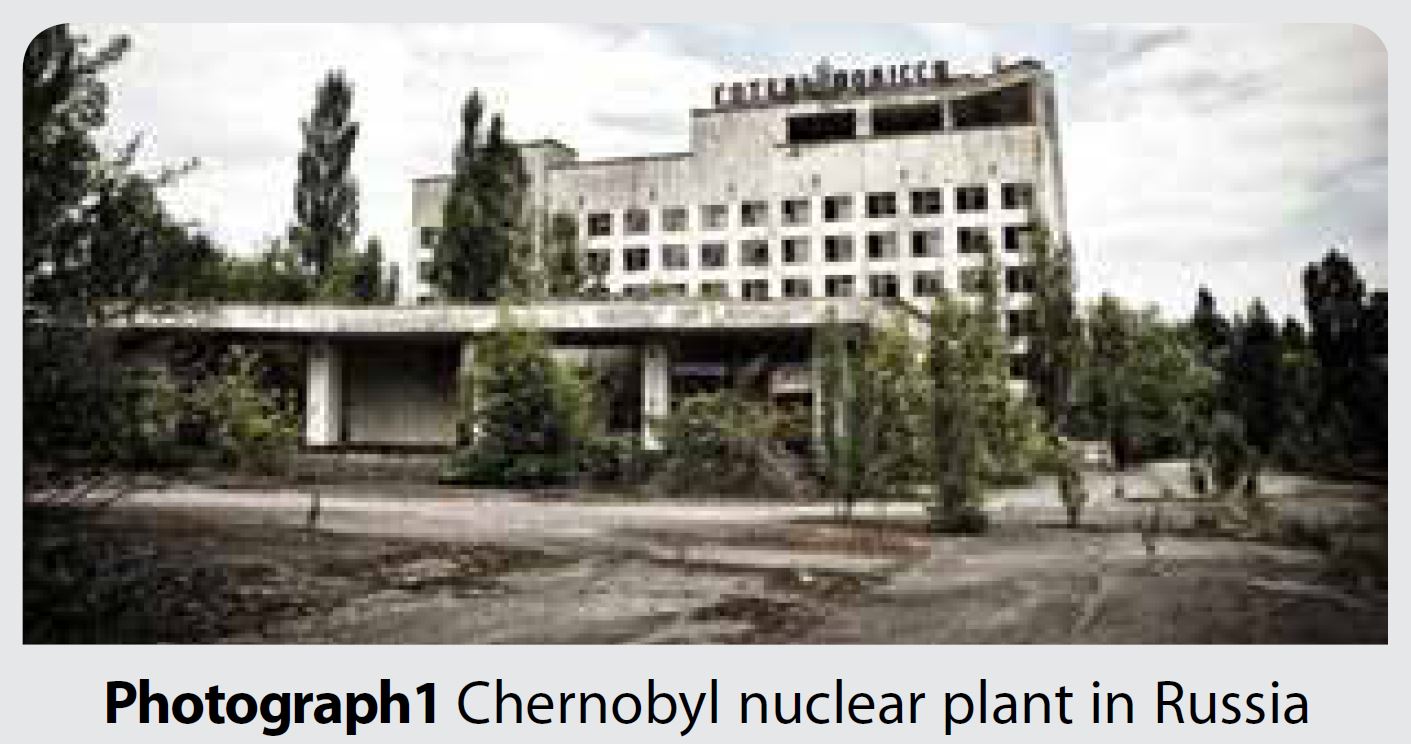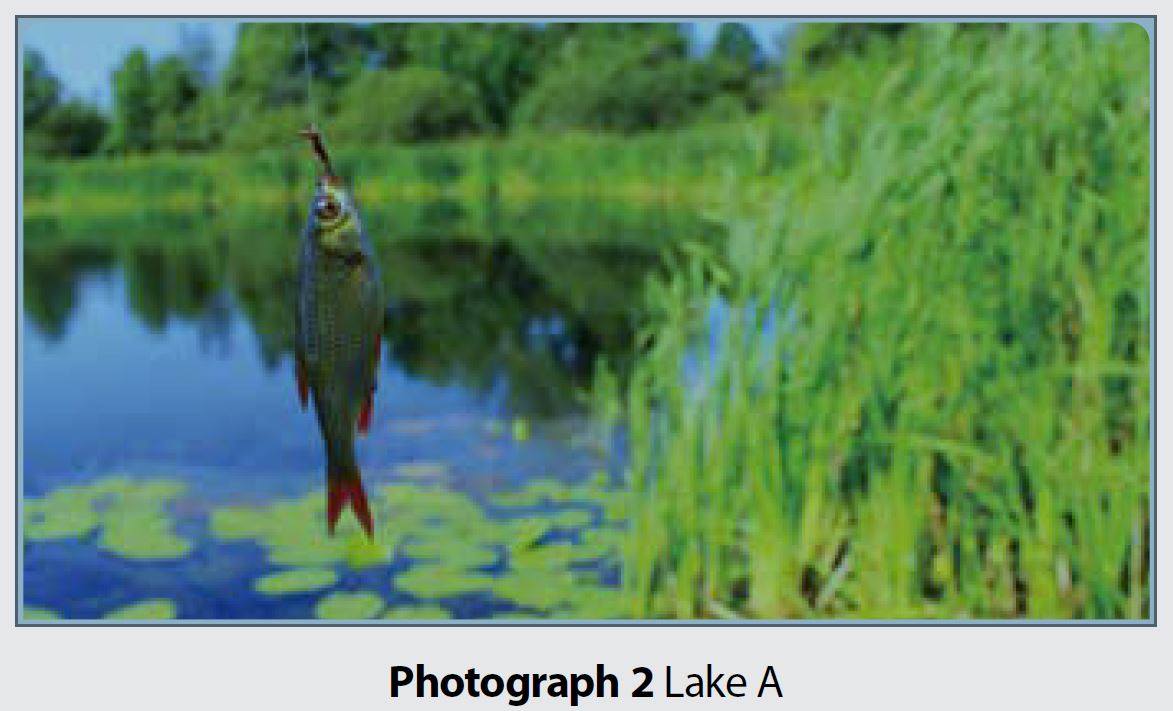Photograph 1 shows the aftermath of the nuclear plant explosion in Chernobyl, Russia, in 1986.

(a) One of the methods used to treat the soil after the explosion is by removing pollutants through plants. What is the method called?
(b) Suggest one type of plant that can be used for the method mentioned in 3(a).
(c) Mr. Sani is a modern farmer who farms near to an industrial area. Mr. Sani digs a trench to provide irrigation water for his plants. He also plants common water hyacinths in the trench. Justify Mr. Sani’s actions.
Answer:
(a) Phytoremediation
(b) Sunflowers
(c) Industrial wastes may seep into the irrigation water. The water hyacinth can help to remove the contaminants from the water. Hence, the pumped water used to water the vegetables is free from the contaminants.
Photograph 2 shows Lake A, an artificial lake that is located near a market. More than 3000 fish from various species were released into this lake to propagate fishing activities. When the fish were matured enough to be caught, the lake was found to contain high amounts of lead. Imagine you work as a chemical engineer for the city council of that area, suggest one method to solve this problem. Plan an experiment to test the effectiveness of your method.

Answer:
The phytoremediation method can be used by planting the water spinach plant as the phytoremediation agent. This plant will absorb the lead from the lake water. Experiment 4.5 on page 91 can be conducted.